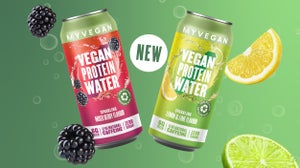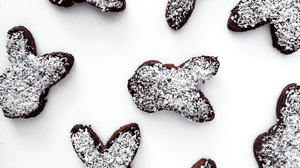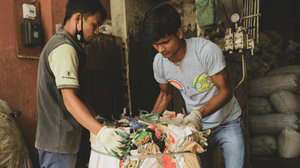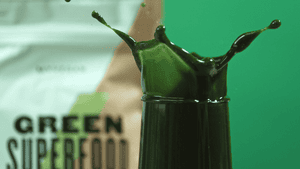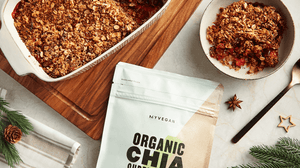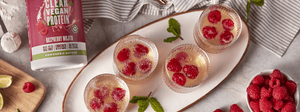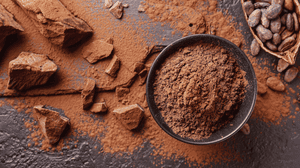
As more and more athletes embrace plant-based diets, the stereotype of the weedy vegan is finally beginning to fade. As you’ll discover, plant-based protein sources are abundant and, contrary to what we’ve been led to believe, animal proteins are absolutely not a necessary part of our diets. Here’s why.
What is protein & why do we need it?
Proteins are generally described as the “building blocks” of living things. Our bodies break them down into their component parts - amino acids - and reassemble them in countless essential ways to regulate our body systems and provide us with strength.
Of the 22 or so amino acids humans need, most can be assembled by our bodies for our bodies, but they rely on 9 “essential” ones in order to do this. These essential amino acids must come from food.
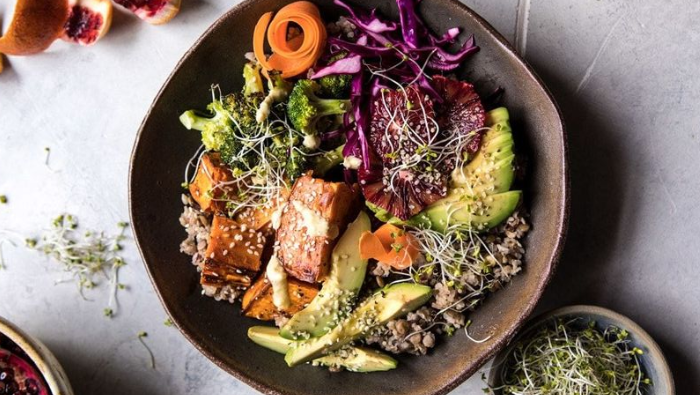
How much protein do we really need?
The short answer: typically less than we think.
A common misconception about protein is that our requirements are divided along gender lines. This isn't true. In fact, our protein needs are determined predominantly by our body weight, taking our activity level into account too.
The National Diet and Nutritional Survey states that the average adult in the UK consumes between 75 and 100 grams of protein a day. The average UK adult weighs in between 70.2 kg and 83.6kg so - based on weight - needs between 42 and 67 grams.
The more active you are the more protein you may need but, in general, we need between 0.6 and 0.8 grams of protein per kilogram of body weight, meaning:
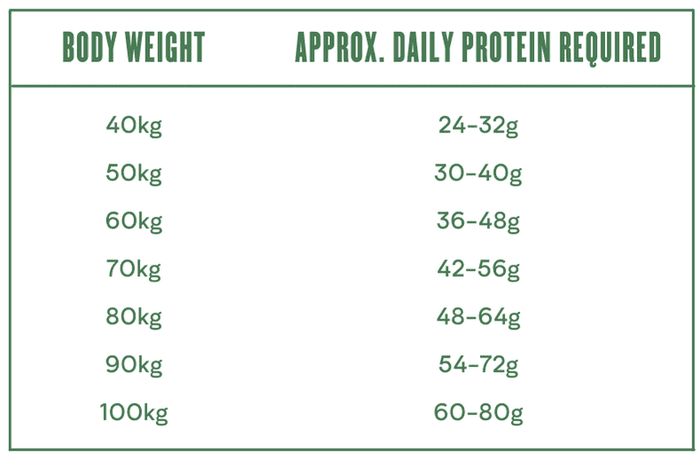
What type of protein do we need?
The short answer: a range of plant-based protein sources does the trick.
Animal vs plant protein packages
The “package” your protein comes in is as important as the protein itself. Plant proteins are lower in saturated fat and don't contain any dietary cholesterol. They're also great sources of antioxidants and other vitamins and minerals, including both iron and calcium. Animal proteins, on the other hand, are high in both saturated fat and cholesterol, not to mention antibiotics and hormones.
You just need to eat a variety of foods to ensure you're getting all of the essential amino acids. Over the course of a week this is a cinch.
Complete and incomplete proteins
There’s a lot of talk about “complete” and “incomplete” proteins to wade through, too. Complete proteins are those that contain all 9 essential amino acids and are often associated solely with animals products.
But there are plant-based sources of complete proteins too and, most importantly, it's not essential to consume only complete proteins. Nor do you need to 'mix and match' amino acids in every meal to benefit overall. The key? Simply eat a range of protein-containing foods throughout the day.
Other things to consider?
Overall calorie intake:
If your diet lacks calories, your protein sources will be broken down to provide energy for your body rather than the essential amino acids. Therefore, overall calorie intake is super important to ensure you're getting the nutrients you need.
Cooking:
Heat can affect the nutritional composition of many foods. Cooking can therefore have an impact on the amount of protein we digest. When checking nutritional information, it's important to know whether the data is based on raw or cooked foods. As a general rule of thumb, when cooking veggies, do so for the shortest time possible (while ensuring they're cooked through), limit the amount of water used and — if you can — use the water afterwards to retain all the goodness. Gravy and other sauces are a great way to do this.
High protein plant-based foods
All things considered, including a variety of high-protein vegan foods in your diet is a great way to make sure you're meeting your recommended allowance. Here are the front-runners. Drum roll, please...
Legumes
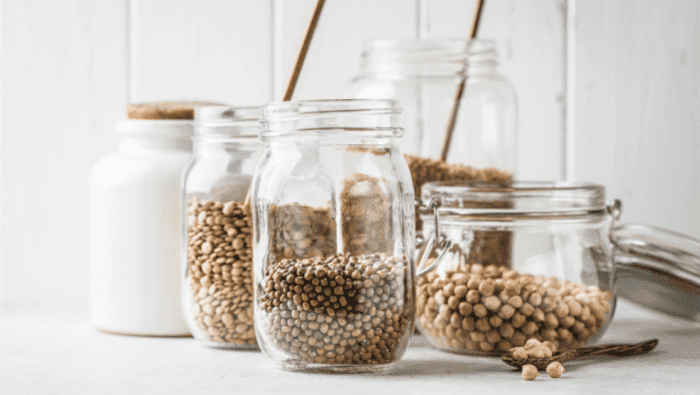
Leguminous plants are those that produce their seeds in pods. We mainly eat the seeds themselves, which are a great source of protein. They're also gluten-free, a good source of unsaturated fats, high in fibre, vitamins and minerals.
Lupin beans
Lupin beans are popular in Europe and a delicious snack with an ice cold beverage on a balmy evening. Once boiled, they pack a huge punch with 26g of protein per cup.
Soy
Soy is a brilliant example of a 'complete' plant-based protein, meaning it contains all 9 of the essential amino acids. One cup of: boiled edamame beans provides 17g of protein; tofu provides 20g and cooked soybeans contain 29g. Soy milk contains exactly the same amount of protein as cow’s milk too, 8g per cup.
Why not boost your shakes and bakes with our best-selling Soy Protein Isolate Powder? Each delicious serving packs in 27g of protein and it comes in 5 irresistible flavours too.
Lentils
There's a reason why vegans are linked to lentils: the truth is they're another great source of low fat, high fibre protein, providing 18g per cup when cooked. Lentils are a great meat replacement in bolognese and lasagne and wonderful in curries and dal.
Beans
Most cooked beans have fairly similar protein contents, ranging from around 13g (broad beans) to 17g (adzuki beans) per cup. The rest - red kidney, borlotti, pinto, black, mung, navy, butter, cannellini, borlotti, etc. - fall somewhere in between. Baked beans, while high in protein, are also high in sugar, not so great in terms of the whole “package”, therefore something to be enjoyed occasionally rather than as a regular part of a healthy plant-based diet.
Peanuts
Yup, peanuts actually fall into the legume category since they grow in a pod underground. Containing a whopping 38g of protein per cup, peanuts make a great addition to so many recipes - including curries, salads and bakes.
Our Peanut Butter is exactly what it says it is. A rich, natural butter produced from 100% roasted whole peanuts and nothing else. No added salt, sugar, palm oil or preservatives and it’s available in both crunchy and smooth varieties.
Tip: Some people may find they experience “tummy troubles” when introducing a high quantity of legumes to their diet. This is due to the insoluble fibre they contain that actually helps your digestion. However, it can be a shock to your system if you’re not used to it.
To get all the benefits and none of the issues:
If you’re changing your diet, build up your fibre intake slowly over a few weeks.
If using dried beans, always soak them as, this helps your body to digest them more easily (and also reduces cooking time. Win win.)
Whole grains
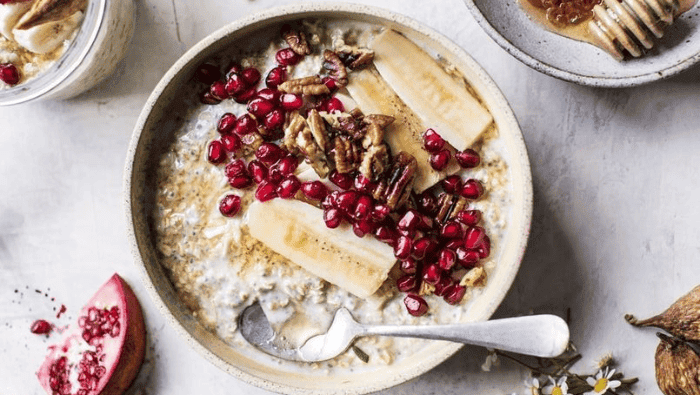
Whole grains are generally higher in calories and lower in protein than legumes, but should absolutely be included as part of a balanced plant-based diet. Per cup, they each contain less than a gram of saturated fat, are a great source of dietary fibre (for healthy bowels amongst other things) and, more surprisingly, often a source of iron too.
Raw oats
Using oats as a base for a low-sugar muesli or granola is a great start to the day. 1 cup of raw oats provides 10.6g of protein as well as 19% of your recommended daily allowance (RDA) of iron.
Teff, Kamut & Amaranth
Teff, kamut and amaranth are certainly lesser known amongst the whole grains. Teff is a grass seed commonly found in Ethiopia and now available in health stores in the UK. Cooked, a cup yields almost 10g of protein, 29% and 9.5% of your RDAs of iron and calcium respectively. Kamut and Amaranth are easier to find and grown worldwide, offering up similar amounts of protein and 17% and 29% of your iron RDA.
Whole wheat pasta
Switching out white pasta for the whole wheat version increases your protein intake by 2 grams and doubles your iron intake as a percentage of your RDA.
Buckwheat
A cup of buckwheat - actually a gluten-free seed - will provide you with 5.7 grams of protein and almost as much dietary fibre. It's another good source of iron and a range of other vitamins and minerals, including manganese, magnesium, phosphorus, niacin, zinc, folate, and vitamin B6. It's a great replacement for rice or pasta, either as it comes or in noodle-form.
Wild & brown rice
Rice is our final grain. It's the lowest in protein but an excellent source of carbohydrates and healthy calories that we need to utilise protein from elsewhere. Brown rice also provides us with magnesium while wild rice (technically a seed) brings in the omega 3.
Nuts and seeds
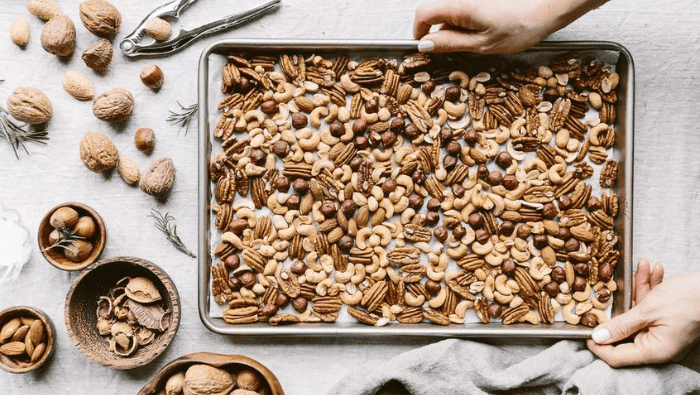
Nuts and seeds rank third because of the package that their protein comes in. While they're absolutely a great addition to a balanced diet, they're higher in fat and calories so should be consumed mindfully. On the flip side, they're excellent in helping to ensure plant-based eaters do actually get enough unsaturated fat and calories. Nuts and seeds contain high levels of protein and are a better source of iron than whole grains.
Quinoa
Quinoa, like soy, is an example of a complete plant-based protein source. It’s a great alternative to oats in porridge, a delicious addition to soups and stews and a yummy salad base in place of pasta or rice. You’ll find 8.2g of protein and 15.4% of your iron RDA in a cup of cooked quinoa.
Hemp seeds
Another complete protein source, adding ¼ cup of hemp seeds to your porridge or a stir fry boosts your protein intake by 12.5g and provides 18% of your RDA of iron too. They are also a great plant-based source of omega 3.
Flax seeds
Flax seeds are similar to hemp seeds in their nutritional make-up. ¼ cup contains: 8g protein, 13% of your RDA of iron, 12g of fibre and antioxidants.
Almonds
Almonds are incredibly nutrient-dense: 1 oz (28.5g or 23 kernels) provides you with 21g of protein and 37% of your RDA of Vitamin E. However, the same amount also contains 14g of fat (of which 13 g is unsaturated and only 1g is saturated). Therefore, almonds are a protein package to consume regularly but mindfully as part of a balance diet.
Pistachio nuts
Half a cup of pistachio kernels contains 13g of protein; they're lower in calories than almonds and contain roughly the same amount of both saturated and unsaturated fats. They're a great source of iron, magnesium and manganese too.
Sunflower seeds
Sunflower seeds are another easy win. Add a handful to cereal, stir-fries or salads to boost your protein, fibre and iron intake. ¼ cup of sunflower seeds yields 6.25g of protein, 12% and 7.25% of your RDA of fibre and iron respectively.
Vegetables

Surprisingly, you can find protein in vegetables and fruit. Peas (technically a legume but more commonly eaten as a veggie), brussel sprouts, mushrooms (especially Portobellos), spinach, sweetcorn, broccoli and asparagus are some of our favourites. Even baked potatoes are a great way to include more protein in your diet.
Key takeaways...
The interesting thing: eating plants is a great way to get enough, but not too much, protein (and therefore enough calories, vitamins and minerals, healthy fats and fibre too).
In order to do this, all we have to do is eat a range of different legumes, grains, nuts, seeds, veggies and fruits. Doing so, ensures we get all the right nutrients without any dietary cholesterol at all and, actually, leaves no room for animal products. Animal products may seem like a quick fix, a way to get an injection of protein or iron, but on balance they're absolutely not a necessary part of our diets.
The reality is that all foods contain protein. Yep. Every. Single. One. It’s just that some contain more than others. So, while everything you eat will boost your protein intake, the above are especially good sources to mix and match over the course of a week or month:
If you’re looking to increase your protein intake - maybe you’re in training, looking to build your muscle mass or you’re simply trying to tone up - check out our plant-based protein powders:
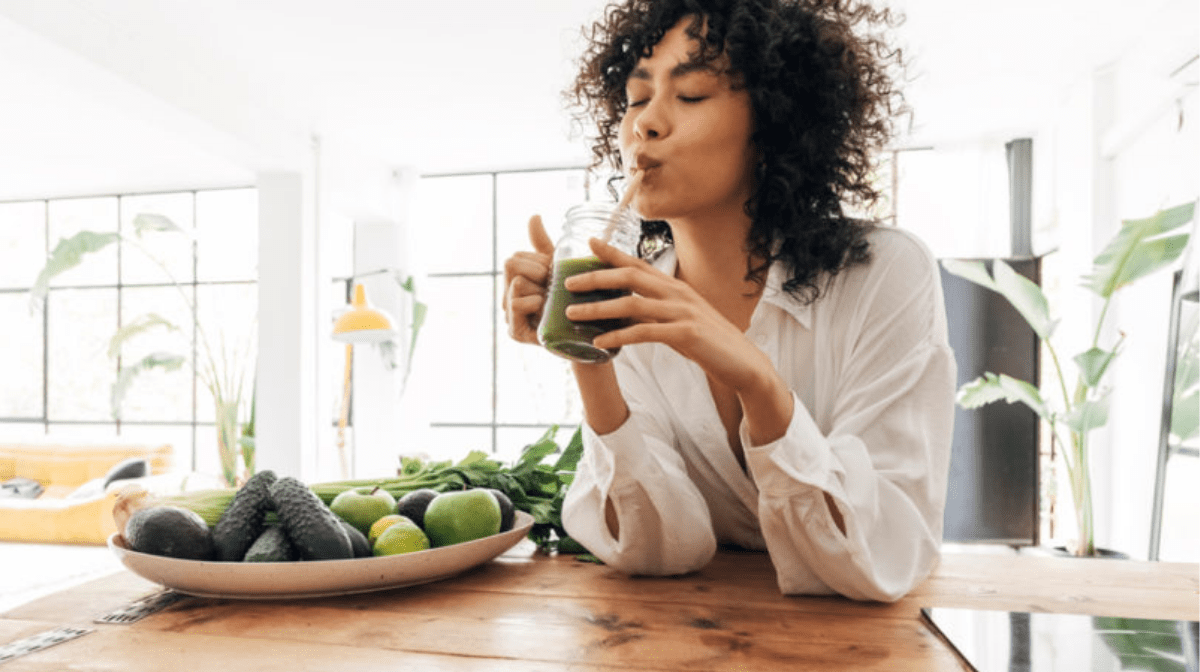
5 Myths About Veganism, Debunked
We're here to dispel the commonly-held vegan myths that often stop people from taking the plunge.



